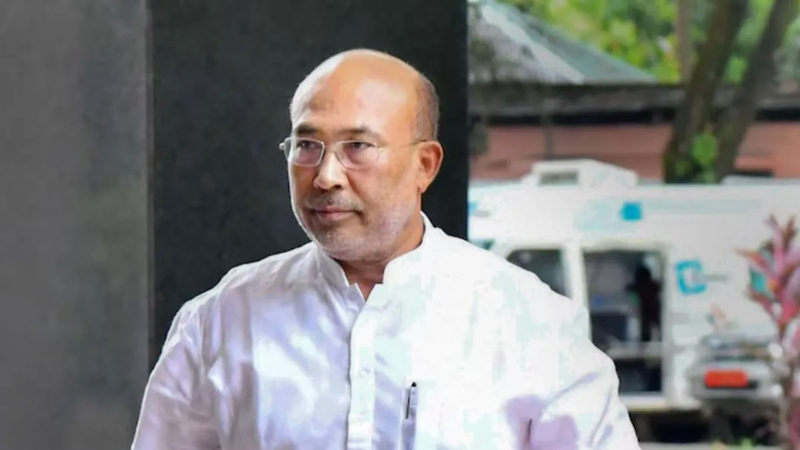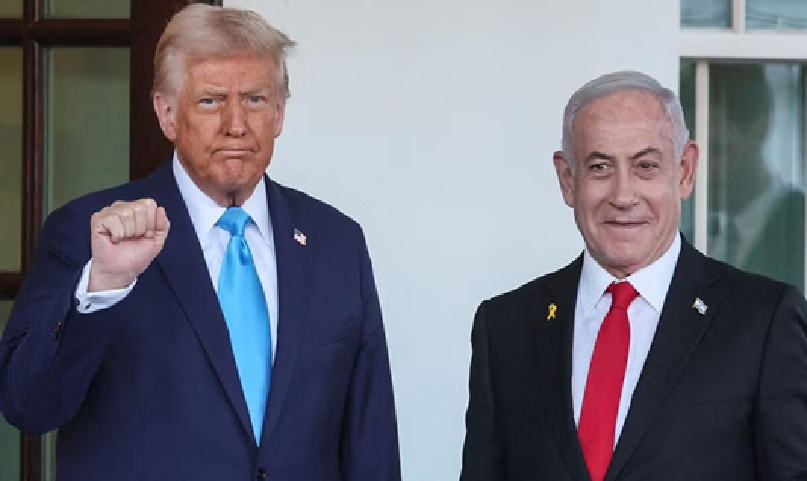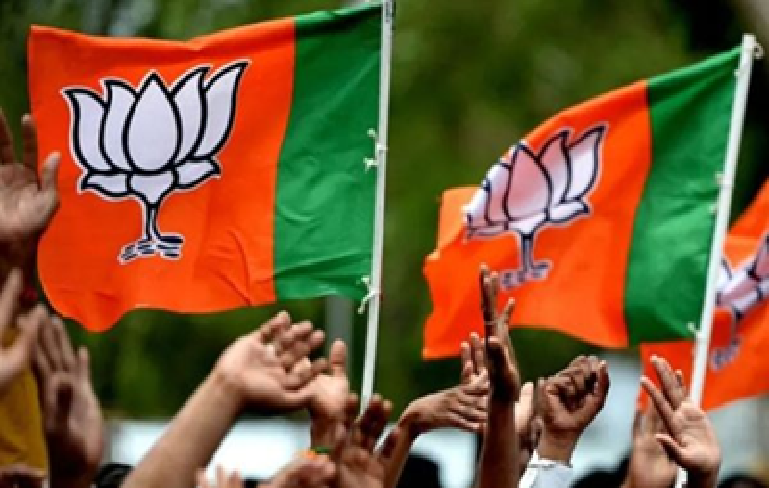
3-point formula for a successful campaign: Trump has it, Modi had it, Rahul still looking
Two majorities and most recently brought Donald Trump back to power.
He was merely fighting to keep what was his
What does Donald Trump’s victory tell us about what leaders do to sweep elections, lose them, or end up winning but sort of underwhelmingly? Think Trump now, Rahul Gandhi more often than not, and Narendra Modi in June this year. The first lesson from the spectacular Trump win is the formula of three for a successful campaign. Let’s say nationalism, triumphalism and cynicism. To see how it works, look at the MAGA (Make America Great Again) concept. That America deserves to be much greater than at present is nationalism. That it will be made great again harking back to some not-too-distant glorious past when America was tops is triumphalism. Always declare victory before the fight begins. And if you argue that America was already great, its economy growing rapidly having grown to almost twice the Eurozone’s GDP compared to about 50% in 2008 its stock markets booming and its leadership in technology and innovation lighting up the world, I will show you what cynicism is. Because in electoral nationalism, my nation is never great enough until I am in charge.
Then, it will be so much better. As we jump continents and switch to India, we can see why Rahul Gandhi was devastated in 2014 and 2019 while Modi did so well. And then, why did Modi fall way short of his own expectations as well as those of the markets and the pollsters in 2024? That 240 was a disappointment for him. A victory on points was a letdown for one used to delivering quick knockouts. What brought him to that pass? The Congress and Rahul are simpler to put to the test of our three points: nationalism, triumphalism and cynicism. In 2014, Rahul was leading the campaign for a party that had been in power for a decade. But his campaign rarely if ever talked of its achievements. Did his party’s decade make India greater? And was he now going to make it greater still? Did this decade make India militarily and diplomatically stronger, strategically more secure and globally more influential? Did the Congress/UPA pull India out of the ‘morass’ in which ‘Vajpayee’s BJP/NDA had left it’? No such thing. That took away nationalism and triumphalism. It was still so much about the rich and the poor, the inequality, the BJP’s communalism, his and his party’s concern for the poor, the deprived castes and the tribals.
Rahul and his supporters could argue that he was staying closer to the truth that there was indeed a lot of poverty, inequality and deprivation even after 10 years of his party’s rule and ask how he could build such a triumphal campaign given this. The answer would be the third part of our three-point proposition: cynicism. This is politics. You are talking to the voter. Or in fact, two kinds of voters. The undecided voters who may not see much difference between you and your rival and are weighing all options. And even more importantly, your own loyal voters. Because it is imperative that you motivate them so well that they are sure they’re on a winning ticket and come out to vote in large numbers.
In polarised electorates, it’s things like these that separate electoral routs from sweeps. By 2019, one would have thought the Congress would come back with a report card on Modi’s five years to argue it had been doing so much better and that if India wanted to go back to the same glorious path, the electorate had to vote it back in. No such thing happened. It was all about the Modi government’s ‘corruption’ (chowkidar chor hai), misgovernance, failed demonetisation and of course the boilerplate charges of communalism. The entire campaign was negative. There was nothing to say, ‘India was great under the Congress; vote us back in to make it great again.’ It is one thing to say that Modi rode the post-Pulwama surge to override all his failures, but we also need to ask if there was any nationalism in the Congress campaign. Or even optimism, if triumphalism is too much to expect. Modi in 2014, on the other hand, came riding a wave built on ideas not very different from Trump’s in 2024. India’s security and armed forces were weak and the world did not take it seriously, there were frequent terror attacks and India meekly offered the other cheek (nationalism); India was the shaky ‘I’ in BRICS and he was going to take India to the top again, as it was in its ‘sone ki chidiya’ past, and for China there would be the ‘laal aankh’ (red eye, meaning hard power) treatment and for Pakistan a 56-inch chest (triumphalism).
So overwhelming was this and so wound up was the Congress in its own contradictions seeking a fresh mandate while implicitly repudiating its preceding two that nobody even reminded him that India was coming from a decade of 8 percent annual GDP growth, or of all the new institutions that had been built blah blah. And if Modi did not ever bother to acknowledge any of this, this was old-fashioned cynicism. He was out to make India great again, not greater. Just as Trump has now done. Why, then, did Modi fall short of his own, quite reasonable expectations in 2024? The fact is that he had set up the campaign quite well, along the same threepoint winning formula. India had become great under him as evidenced by the parade of world leaders hugging him on camera at the G20, was on its way to becoming the world’s third largest economy, and the past five years had been the most terrorfree of the previous five decades. Wouldn’t you vote for him if he was only going to make India greater still? Now go back to his campaign and pick the 10 high points.
Almost all were about what the Congress was saying or what it was promising or allegedly threatening to do: mangalsutra, buffalo, infiltrators, love of Pakistan, minorityism, casteism, how it had treated leaders from deprived castes shabbily in the past, dynasticism, corruption. You can keep counting. So many poll planks he had built in the run up to the campaign— rising global stature (G20), the woman voter (women’s reservation), Ram Mandir and the appeal to Jats and OBCs with posthumous Bharat Ratnas for Charan Singh and Karpoori Thakur—were all forgotten. If there was one thing we didn’t hear, or definitely not often enough, it was something like: ‘See how I have made India great in just these 10 years. Won’t you give me five years again to make it greater still?’ The fact is that Modi, uncharacteristically, got off his winning horse and shifted to an akhara fight. This broke his momentum in key states. As the big, nationalistic, triumphal messages waned from the campaign, an angry, resentful response to the Opposition’s allegations replaced what usually would’ve been contemptuous, Modi-style do-these-guys-evenmatter cynicism.
 English daily published in Bengaluru & Doha
English daily published in Bengaluru & Doha






